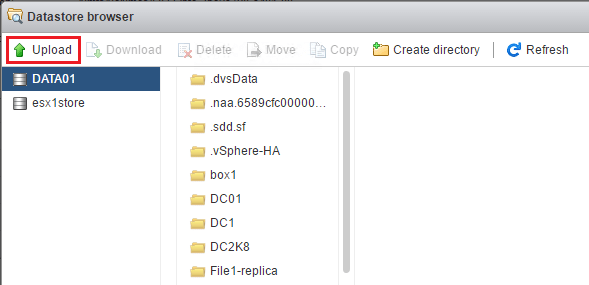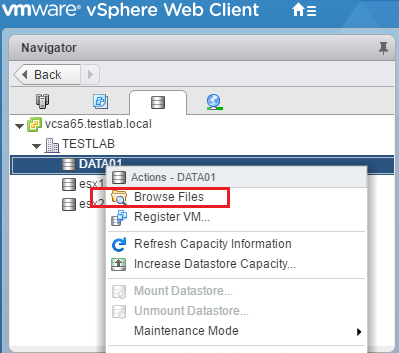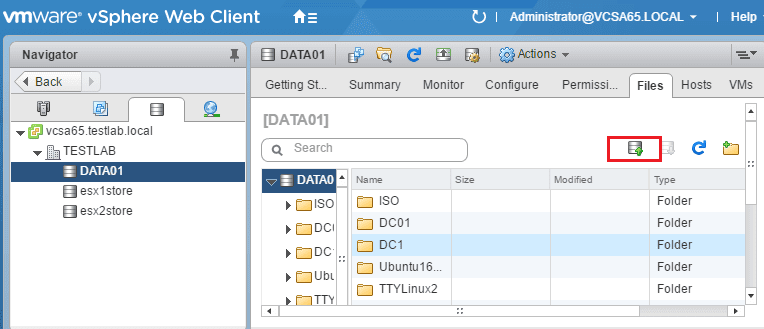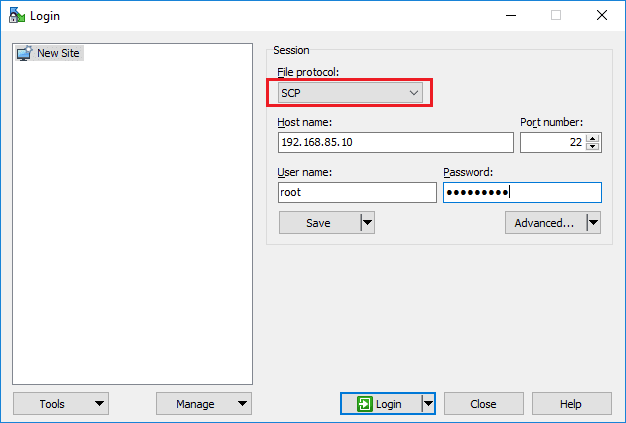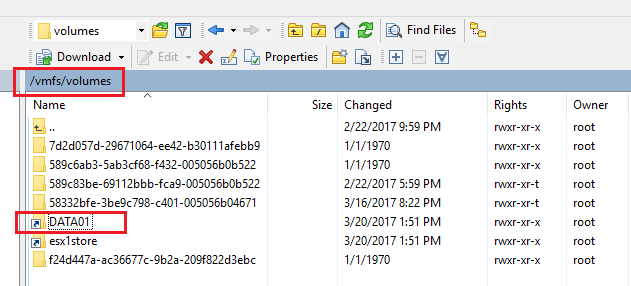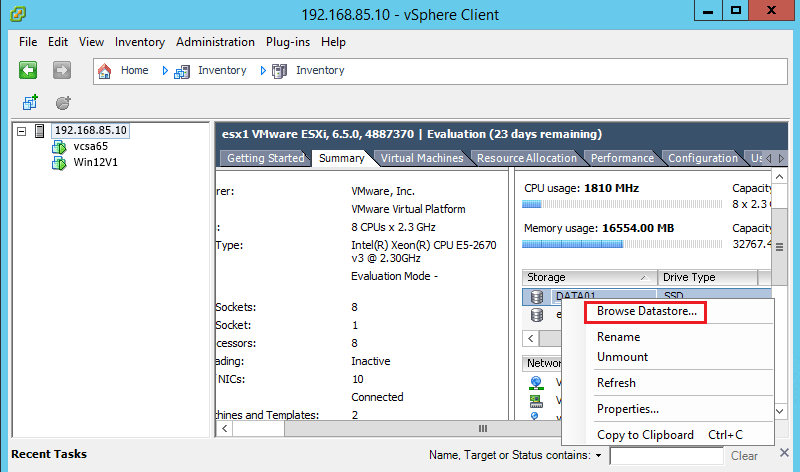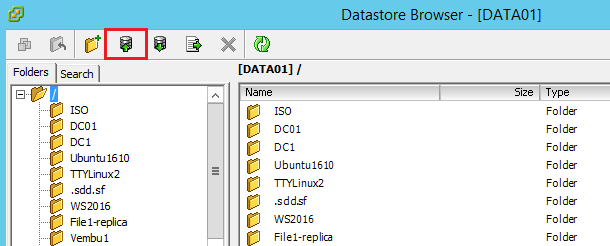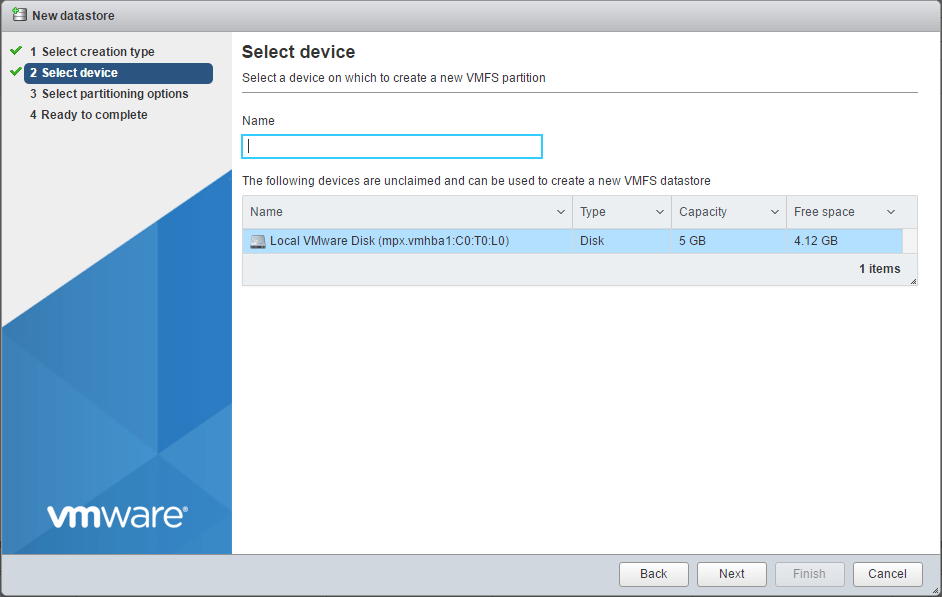Four ways to upload files to VMware vSphere datastore

Uploading files whether it be ISO’s, VMX config files, or VMDKs is a necessary task for most VMware administrators in various situations. When looking to upload files to your VMware vSphere environment, there are multiple ways to skin a cat as they say. However, let’s take a look at Four ways to upload files to VMware vSphere datastore.
Four Ways to upload files to VMware vSphere datastore
There are a variety of ways to upload files. In this quick post we will take a look at uploading via ESXi host, vCenter Server web client, WinSCP connected to the host, and lastly vSphere Windows client connected directly to the ESXi host.
ESXi host
The first way we want to look at is by connecting to the web interface of the ESXi host itself. Below, I have connected to an ESXi 6.5a host by simply navigating to https://<esxi host IP>/
After logging into your ESXi host, you can click on Storage and then over in the right hand pane, you will see Datastore browser. Click the Datastore browser button.
This will open a new window for the Datastore browser. Notice the Upload button. Click the Upload button to browse to the file you want to upload. Note, whatever folder context you are in is where the file will be uploaded.
vCenter Server
Uploading files to your VMware vSphere datastore via vCenter Server is very straightforward and similar to the ESXi host connection. You can click on your datastores tab, then right click the datastore you want to upload to. Notice you have the context menu pop up where you can select Browse Files.
When you click the Browse Files option, you will see your datastore and a button on the upper right hand side that is fairly intuitive (datastore symbol with a green arrow pointing up). Click this button and you will be able to select the file you want to upload. Again, the folder context you are currently in determines where the file will be uploaded.
WinSCP
For this option, you can use any SSH client of your choosing. Here, I am using WinSCP. Also, important to note with this method, you need to have enabled SSH on the ESXi host you want to connect to. After doing that, simply choose SCP, enter the IP or hostname of your host, port 22, and your user name and password which by default would be root.
Once you have connected, simply navigate to /vmfs/volumes and you will see a symlink to your datastore. Simply drill into the datastore folder. After you have done that, you can drag and drop files to your datastore or sub folder.
vSphere Windows Client
Even though the Windows Client is no longer supported with vSphere 6.5, you CAN still connect to an ESXi 6.5 host, just not vCenter Server. I wanted to show this as it is still a viable option for uploading files to a VMware vSphere datastore.
Click your host, then under Storage, righ click your datastore and choose Browse Datastore.
This will take you to a Datastore Browser window where you have the option to upload files, etc.
Thoughts
In this post Four ways to upload files to VMware vSphere datastore we took a look at four ways to upload files. This doesn’t encapsulate all the methods as there are numerous ways even via the commandline. However, I think the four mentioned above are most likely the methods that most will use in uploading and managing files in their datastores.


